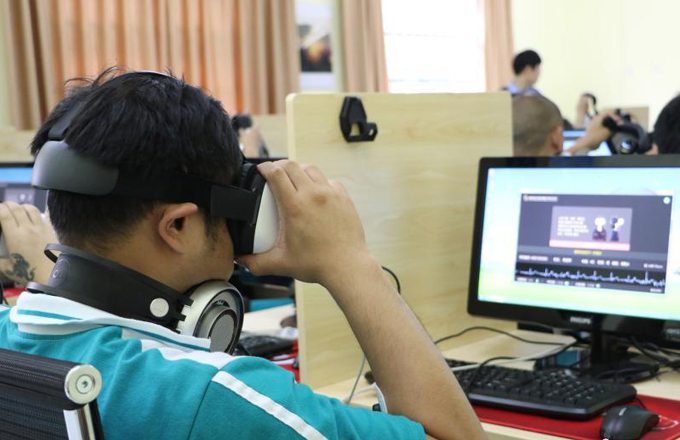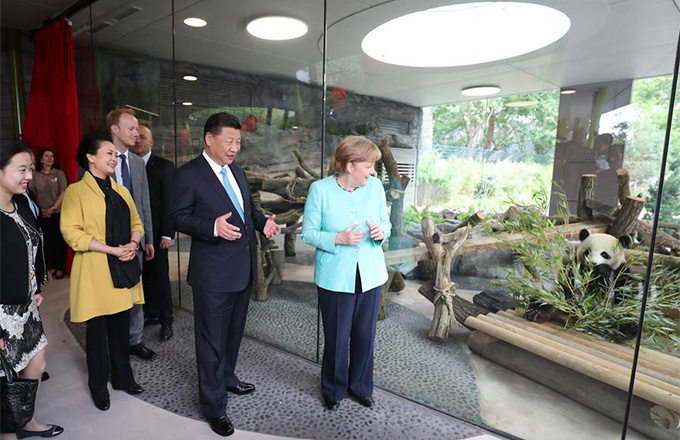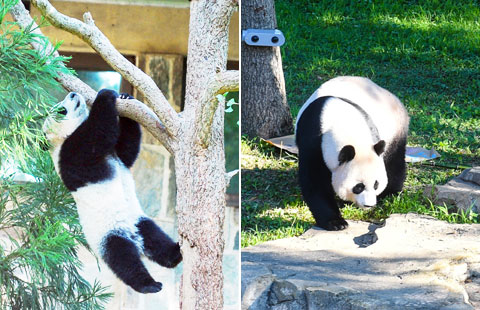

LOS ANGELES - While China's first space teacher Wang Yaping is orbiting the earth, Barbara Morgan, the world's first astronaut who ever taught in space, was signing her name on a letter to greet the Chinese newcomer.
 |
|
Graphics shows a letter to Wang Yaping, astronaut on China's Shenzhou X spacecraft, from the first astronaut teacher Barbara Morgan written in Los Angeles, the United States, on June 13, 2013. [Photo/Xinhua] |
"I wish you could see smiles on my face, I am just really, really happy," Morgan told Xinhua via telephone when she was asked to comment on the launch of China's Shenzhou X spacecraft.
To Morgan, distance cannot separate Americans and Chinese, and teaching seems to have no boundary. "All over the world, we are really very exited," Morgan said.
"I have written a letter that I hope the Chinese news media will share with astronaut Yaping and all the people of China," Morgan wrote in an email to Xinhua. "I share your sense of pride and joy!"
In her letter to Wang, Morgan wrote: "You will be very busy up there, but please remember to take time to look out the window. China and all of this world are beautiful."
Wang, the female crew member among three "taikonauts," will broadcast a lecture to students throughout China about physics from a space laboratory.
Looking forward to watching Wang's lessons from space, Morgan laughed and said: "The students and teachers are eagerly waiting and I am too."
"Education is so important and space exploration is so important and I hope these are all going to be broadcast on the Internet, so that all of those on the ground in the world can watch," she said. "I am delighted about astronaut Wang Yaping and her crewmates in the Shenzhou X mission and I'm especially excited about Wang's upcoming -- and China's very first -- lessons taught from space."
Morgan, born in 1951, conducted her first teaching lesson in space in 2007 from the International Space Station. Via a video feed, she showed students how to exercise and drink water in space.
Twenty-one years before Morgan's success, U.S. female astronaut Christa McAuliffe was first selected to teach in space but failed to complete the mission, as Shuttle Challenger disintegrated 73 seconds after launch, killing all seven crew members on January 28, 1986.
Morgan did not give up McAuliffe's dream of going into space. For more than a decade, she continued to press NASA for the chance to fly. In 1998, NASA eventually accepted Morgan as the first educator astronaut.
"It's always more challenging when you don't have your students in the same room with you, but luckily we have wonderful technology," Morgan said. "I know she (Wang) is going to do a wonderful, wonderful job."
Just like Morgan, many U.S. scientists and experts expressed congratulations to the successful launch of China's fifth manned space mission. They hope that the Shenzhou X mission will bring forth more cooperation and collaboration in space between the United States and China.
"Scientific collaboration is an excellent way to bridge understanding and develop friendships," Michael Rich, expert from the University of California Los Angeles, told Xinhua.
China is the third country after the United States and Russia to acquire the technologies and skills necessary for space rendezvous and docking procedures and to supply manpower and materials for an orbiting module via different docking methods.
"It is very difficult, and very expensive, to explore space. If the nations of the world can work together, we could work on larger missions than any of us could do by ourselves," said Professor Timothy Swindle, director of the Department of Planetary Sciences and Lunar and Planetary Laboratory in the University of Arizona.













